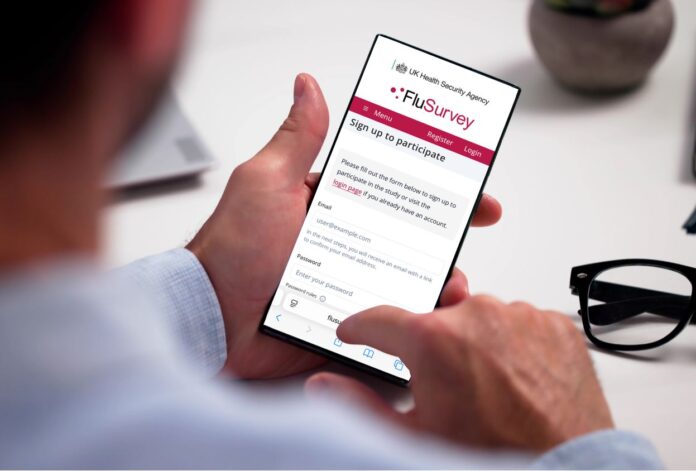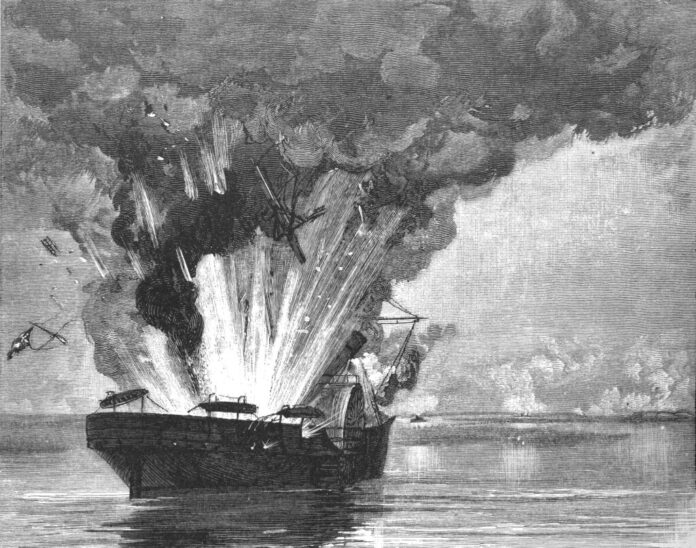Overview
In late July, the Trump Administration issued an Executive Order, “Ending Crime and Disorder on America’s Streets,” that threatens to further criminalize unhoused people, people who use drugs (PWUD), and other marginalized groups. While the order raised fears that all harm reduction activities would lose federal funding, SAMHSA has since clarified that lifesaving tools like naloxone, drug-checking supplies, and sharps disposal kits remain eligible for support. Still, the administration’s stance reinforces a dangerous narrative: separating “acceptable” overdose interventions from the core principles of harm reduction, which affirm the dignity and humanity of PWUD.
By now you’ve likely heard about the executive order (EO) issued in late July. Titled “Ending Crime and Disorder on America’s Streets,” the EO is emblematic of the Trump Administration’s approach to addressing unavailable or inaccessible housing, services, and treatment – not with practical solutions, but by further criminalizing and bullying unhoused people, people who use drugs (PWUD), and members of other marginalized groups.
While much of the EO’s language is concerning, of particular interest is Section 4, which requires that discretionary SAMHSA grants “for substance use disorder prevention, treatment, and recovery… do not fund programs that fail to achieve adequate outcomes, including so-called ‘harm reduction’ or ‘safe consumption’ efforts that only facilitate illegal drug use and its attendant harm.”
This section is not a paragon of clarity, and some initially understood it to ban the use of SAMHSA funds for all harm reduction activities. Thankfully, that is not the case. A few days after the EO was issued, SAMHSA released a “Dear Colleague” letter that clarifies that funds can still be used to purchase supplies like naloxone, drug checking equipment, and sharps disposal kits, as well as for education and referral for bloodborne diseases and STIs.
SAMHSA funding can’t be used to “purchase pipes or other supplies for safer smoking kits nor syringes or needles used to inject illicit drugs” or any other supplies “to promote or facilitate drug use.” While these restrictions are not evidence-based – the evidence that providing safer use supplies to PWUD reduces harm, saves money, and does not increase crime is overwhelming – they are not new.
In 1998, President Clinton refused to lift a ban on federal funding for syringe services programs (SSP’s), choosing to side with his Drug Czar, a retired military general with no scientific, medical, or public health expertise, over the HHS Secretary, the Institute of Medicine, and nearly the entire scientific and public health community. While that blanket restriction was later lifted, Congress continues to prohibit the use of most federal funds to purchase syringes for illicit drug use, and SAMHSA has long banned the use of grant funds for “drug preparation equipment.” In 2022, the Biden Administration declared that no federal funds could be used to purchase pipes for safer smoking kits.
While it largely maintains the status quo with reference to funding, the SAMHSA letter is notable for another reason: it explicitly draws a line between overdose reversal drugs like naloxone and the “ideological concept of harm reduction which has been used to advocate for policies that are incompatible with Federal laws and inconsistent with this Administration’s priorities.” That is, it doubles down on the view that certain products and services provided by harm reductionists are acceptable, whereas harm reduction itself – the fundamental belief that every person has value and is deserving of respect, dignity, and liberty – is not.
Again, this is nothing new. Since the dawn of the “War on Drugs,” American policy has largely been directed towards demonizing and criminalizing people who use certain drugs. While the Biden administration did make some progress towards advancing reality-based efforts to reduce drug-related harm, the EO and SAMHSA letter snap back to the decades-old status quo of counter–productive, costly, and profoundly anti-human policy.
This is, of course, unfortunate. But harm reductionists have never looked to the federal government for moral guidance and only rarely for funding. We hope, and strive, for a world in which the vast power of government is directed towards helping, not harming, the most vulnerable among us. But in the meantime, we’ll continue to do what we’ve always done – advocating for a better future while making the most of what we have. As always, if we at the Harm Reduction Legal Project can help you, please don’t hesitate to reach out.
This post was written by Corey Davis, Director of the Network for Public Health Law’s Harm Reduction Legal Project.
The Network promotes public health and health equity through non-partisan educational resources and technical assistance. These materials provided are provided solely for educational purposes and do not constitute legal advice. The Network’s provision of these materials does not create an attorney-client relationship with you or any other person and is subject to the Network’s Disclaimer.
Support for the Network is provided by the Robert Wood Johnson Foundation (RWJF). The views expressed in this post do not represent the views of (and should not be attributed to) RWJF.



